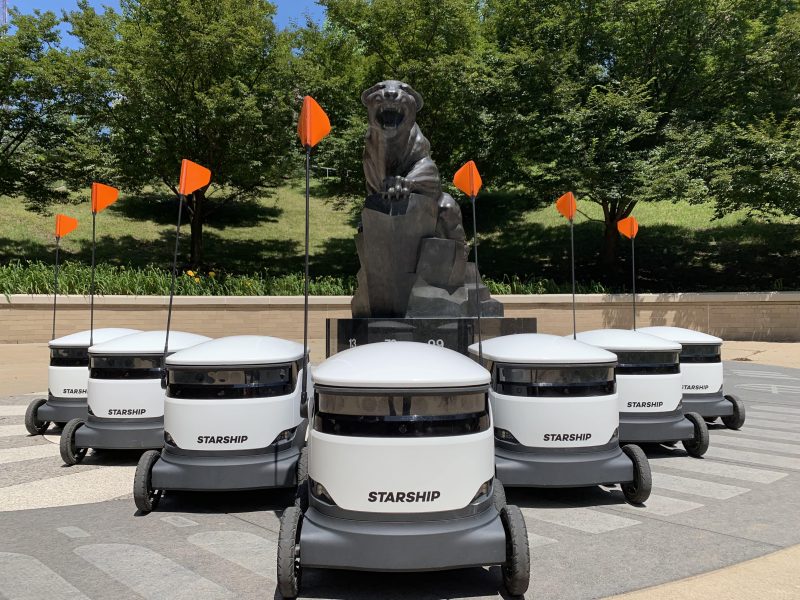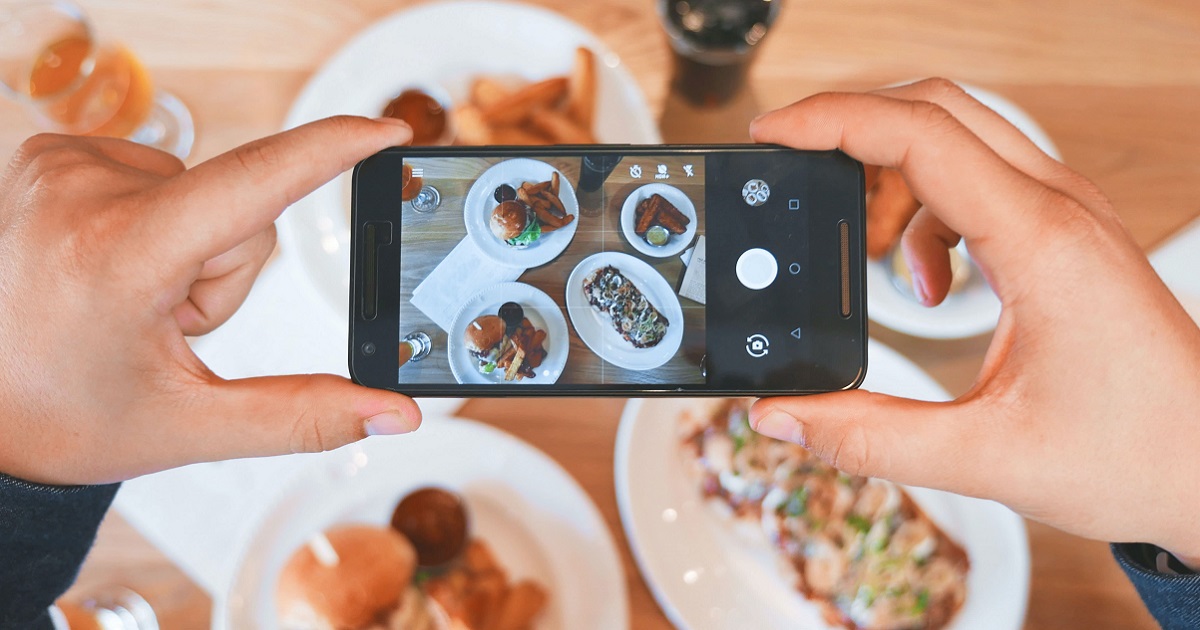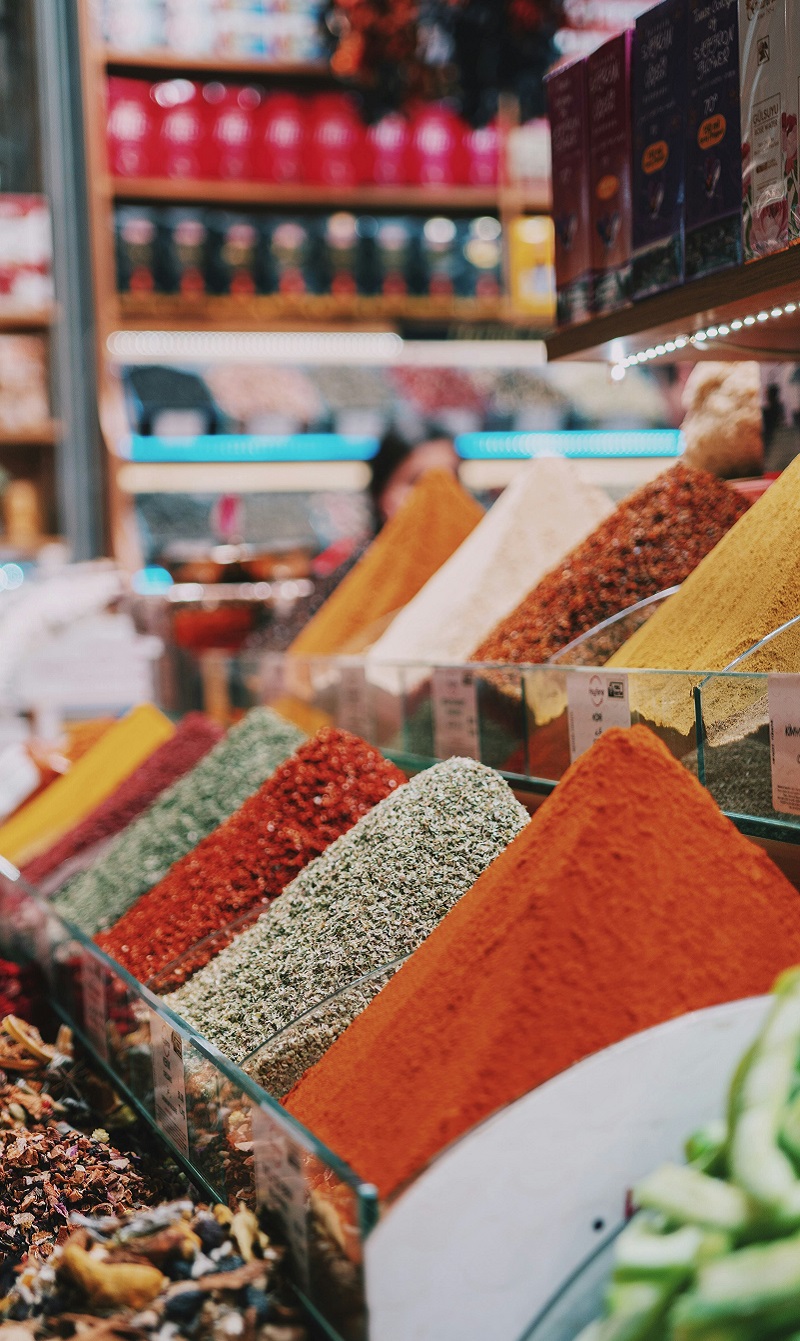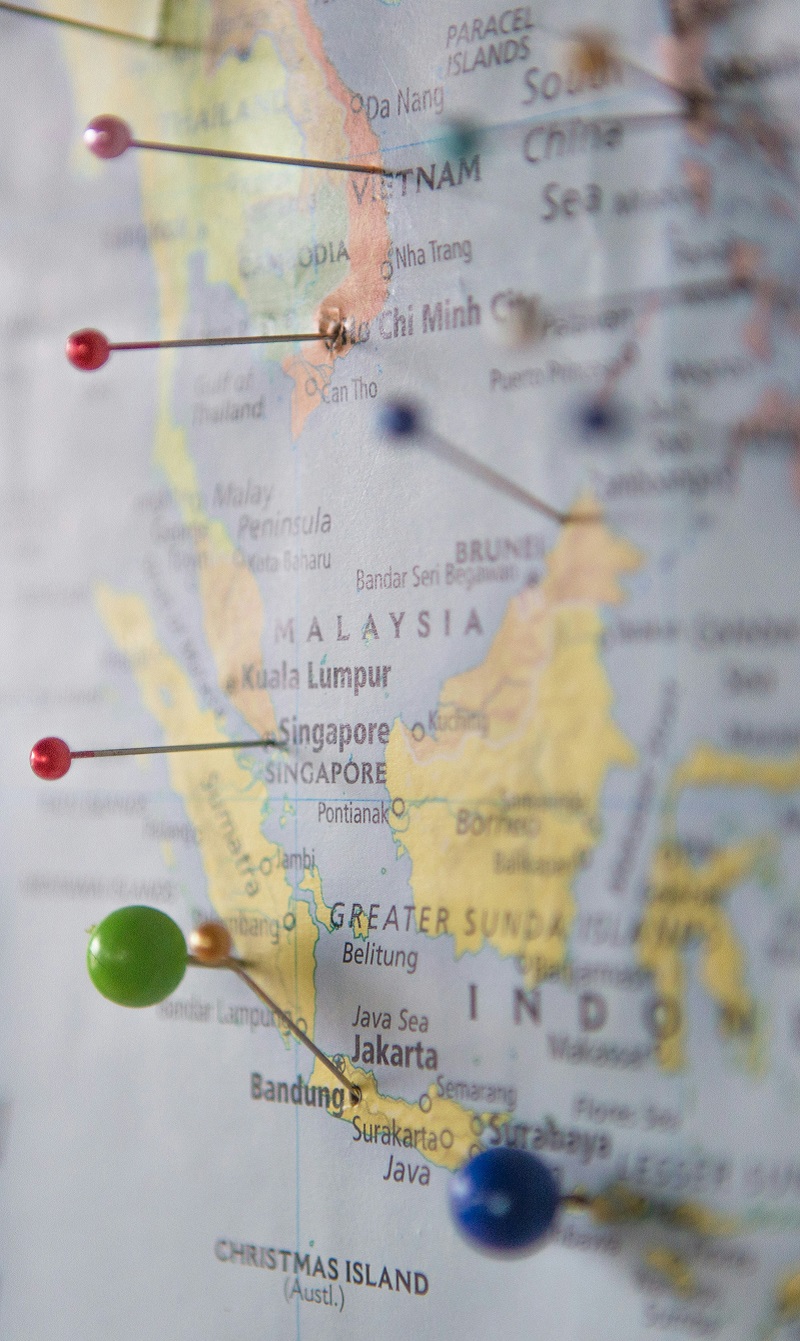The Tech on F&B
The pandemic has made online food orders commonplace. What’s lesser known is how further tech developments are responding to changes and, indeed, themselves changing how we eat as well as drink.
It’s Friday night which means takeout time. You open your local food delivery app on your smartphone, order from your favourite restaurant and, within the hour, your dinner is delivered to your door.
Logistics and Planning
Technology-assisted management of food and beverage supply chains, inventory and costs are a given today. Companies have long cottoned-on to the benefits these bring to their bottom lines. There has been a steep rise in the use of technology in the F&B sector due to digital opportunities, climate change and health-focused consumers.
At the growth source, agritech addresses the operational and environmental efficiency of farming practices. Smart farming practices ensure automated irrigation, space saving through vertical farming and further developments like hydroponic farming for optimal growth. Crop surveillance is also common with the use of drones and satellites. Data collection and dissemination mechanisms provide information about the weather, quality and current condition of the soil while also giving consumers insight into where their food comes from.
Biological and science tech has gone so far as to create crops that can adapt to the environment better, developed synthetic fertilisers and more. Data driven mechanisms and scientific application are ensuring more efficient practices to harness the produce to feed our growing population and meet its varying needs.
Technology has become a necessity for F&B companies to remain competitive. World-renowned Tetra Pak, for example, has been around since 1951 and has evolved from a packaging company to become a technology partner for fellow F&B industry businesses through its ideas on the ‘factory of the future’. The company offers a portfolio of services to assist its customers with their efficient operations and respond to customers’ needs.

Adolfo Orive, president and CEO of Tetra Pak, comments, ‘The pandemic has disrupted the status quo, accelerated trends, created a new landscape of consumer needs and opportunities for companies to build on. In particular, the industry needs to address the growing dilemma around food safety and the environment, stepping up towards the twin goals of meeting the human need for food while protecting our planet’s ecosystem. This is where food packaging can play a strong role in bringing about harmony.’
Tetra Pak works closely with its customers and stakeholders and is already on a journey to create the ultimate sustainable food package. It’s a carton package made solely from responsibly sourced renewable or recycled materials, is fully recyclable and carbon-neutral, allowing ambient distribution as well as meeting food safety requirements. ‘We see this as a critical step in building a sustainable future for the next generation, especially in the aftermath of COVID-19,’ adds Adolfo.
In the company’s business-to-business space, high tech solutions such as predictive maintenance, for example, collects data from machinery sensors and takes these signals through the cloud to a data centre. Algorithms are applied to this information to predict production line needs as well as problems, and so, prevent disruption of production and potential losses. The company has also embraced new technology to offer remote specialist support for customers.
Tetra Pak is revolutionising its issues diagnosis and resolution service, using mixed reality to reduce machine downtime as well as productivity loss for the customer, and protecting them against risks to food safety and quality. Tetra Pak customers operate in a complex landscape where quality is essential and production lines are sophisticated. Thus, using the disruptive innovation of Microsoft HoloLens, customers around the world can now access the whole network of its specialists wherever they are, through the Tetra Pak service engineers.
‘This completely transforms the delivery of our support and enables quick resolution of quality issues,’ says Adolfo. Financial savings, less failures, less consumer complaints, accelerated return on investment are some of the benefits Tetra Pak customers have seen. Tetra Pak is a leading example of how B2B companies in the sector are harnessing tech to help increase efficiency, profitability and sustainability.
Future of Food
Going even further, Tetra Pak’s fellow Swedish business, Firmenich, has been around since 1895 creating fragrances, flavours and ingredients to delight the senses of customers. More recently, Firmenich has used cutting-edge technology to create the first ever flavour by AI. Reportedly, what has been created is a lightly grilled beef taste for use in plant-based meat alternatives which have been seen to be a growing trend towards meat alternatives.

Emmanuel Butstraen, the company’s flavours president says, ‘The COVID-19 crisis showed us that we must speed our understanding and response to consumers’ rapidly-evolving needs even more quickly, from providing tastes which bring moments of comfort and delight to enhancing wellbeing through plant-based proteins, like beef and other flavours. This development will increase our speed to market and help us to serve customers and consumers with more agility.’
All-important consumer data was used to develop the flavour by predicting and delivering what consumers want. Consumer data, digital surveys and Microsoft’s Azure cloud technologies guided the creation of the flavour and the business is testing even more such AI flavours. Eric Saracchi, Firmenich’s chief digital officer, adds, ‘AI flavour creation can speed and enhance the creation process for our flavourists by providing an accurate formula skeleton starting point, from which we can create bespoke sensorial experiences faster than ever before.’
Addressing the growing demand for meat alternatives coupled with environmental concern, Shiok Meats in Singapore is the first company to grow shrimp and lobster in a lab. Extracted cell samples are fed with nutrients and nurtured into the end-product over a period of four to six weeks. The company’s research has shown that more than 78 per cent of consumers in Singapore are willing to try cell-based seafood. Co-founders Dr Sandhya Sriram and Dr Ka Yi Ling affirm the company’s approach, ‘Our whole purpose is centred around creating delicious, clean and healthy seafood by harvesting cells instead of animals.’
The tech manufacture is still quite costly, so further development is required to lower costs. But, comparatively speaking, the process is far better than ordinary shrimp farming, for example, which is considered to be one of the worst in terms of environmental effects. Last year, the company signed a Memorandum of Understanding (MoU) with Singapore Polytechnic (SP) to jointly advance food innovation, research and training in the cell-based meat and seafood sector. This is the first ever MoU between a cell-based meat company and a polytechnic in Singapore.
‘Shiok Meats has been in the sphere of many firsts and this collaboration is very exciting for us. We look forward to working with SP to train their students and use their infrastructure and expertise to accelerate commercialisation of our cell-based seafood and meats,’ says Dr Sandhya. Health and environmental fears have fuelled investment in alternative milk, plant-based ice-cream to name but a few. Industry experts agree that alternatives such as these will continue to be developed in future.
Distribution
While AI is being used to develop flavours to set the scene for what we eat, there are even more futuristic prospects for where we dine. Already, food delivery options like Uber Eats have become popular and have been entrenched in modern life and arguably accelerated by the COVID-19 reality where people’s movements were restricted to the home base. Online orders delivered to your door are common in all manner of retail though manual intervention still exists with the flurry of delivery workers about.

Now, robots have joined this service. Save Mart supermarket in Modesto, California, uses six-wheeled, knee-high robots made by Starship Technologies to transport ordered groceries straight to customers’ homes. Launched in September 2020, the robots provide a safe, low-cost and contactless delivery alternative for Save Mart shoppers. For Starship, this is not so new. In January, Ahti Heinla, co-founder and chief technical officer at Starship, announced that it had completed a million autonomous deliveries having started in the education campus environment.

‘It may have taken six years for us to hit the first million deliveries, but we expect the next million to take only a matter of months,’ Ahti says. ‘We’ve continued to see exponential growth since starting our first commercial delivery service in 2018. In the past year, Starship set several new delivery records within the company and expanded to more college campuses including Arizona State University, University of Mississippi and UC Irvine. In addition to opening service in Mountain View, California, we also began deliveries in Modesto, with our new partner, Save Mart Companies.’
Such delivery options have further fuelled the creation of cloud kitchens. So much data is stored in the cloud, why not a kitchen, in the futuristic sense? These outlets are purpose-built to produce food for delivery only. Yes, the basic idea has been around for some time but the model has boomed more recently. Cloud kitchens started popping up in the early 2010s in response to increased demand for high-quality meal delivery coupled with rising real estate rental costs in city centre locations.
New York based, Nimbus, offers on-demand kitchens for as little as a few hours, operational support for things like ingredients delivery and kitchen cleaning, and a tech-enabled service creating ease of access to everything from bookings to billing. How the Nimbus team describes their business says it all, ‘Nimbus is a premium and flexible commercial kitchen solution, offering state-of-the-art licensed facilities, end-to-end operational support, and luxury communal working spaces to our members. We’ve taken care of all the kitchen logistics so you can focus on bringing home the bacon.’
Cloud kitchen solutions provide food production facilities for one or two to dozens of restaurants in one rented space for them to prepare delivery-optimised menu items. In this way, one restaurant is able to run multiple brands, or a number of virtual restaurants operating under one roof. The kitchen may even be run like an incubator. The possibilities are seemingly limitless for food purveyors out there making the consumer spoilt for choice.
Last Bites
Consumers’ experience of COVID-19 has had a major impact on their current and future needs, actions and desires. The pandemic has led to the acceleration and, at times, the creation of new developments that have embraced technology as seen in the F&B industry. The sector has shown and continues to present such future-forward change and technology is proving to be the secret ingredient for F&B businesses’ success.
Register for WBN’s #iEmPOWER webinar on Digitalisation Trend Creating Opportunities in F&B on 4 May at 11am.
Related article: Livening Up the Tea.
Main photo by Eaters Collective on Unsplash





